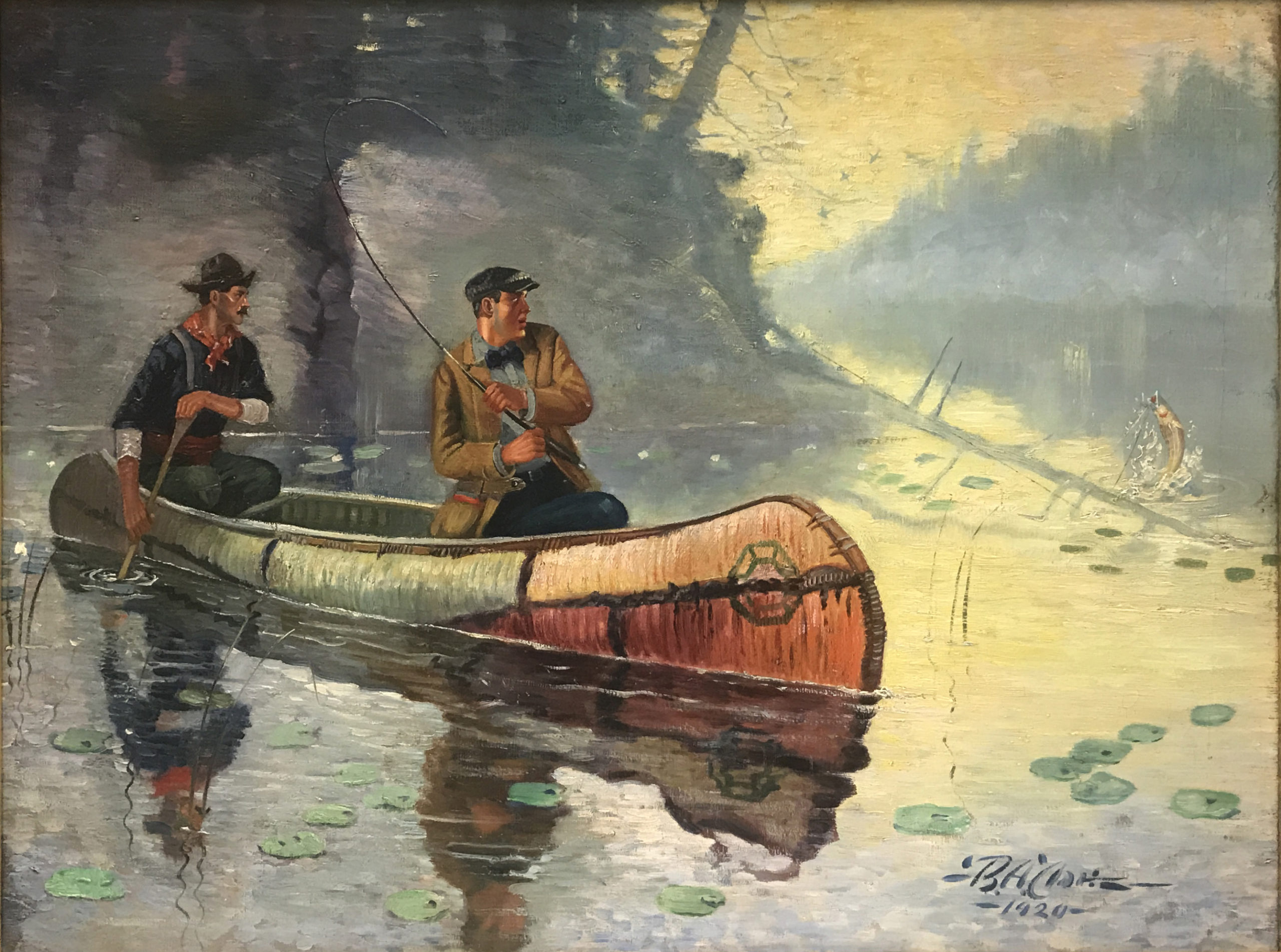Fishing from a canoe is an exhilarating and serene experience that offers a unique blend of adventure and tranquility. Whether you’re paddling through a calm lake at sunrise or navigating the gentle currents of a river, fishing from a canoe allows you to access otherwise unreachable spots and connect deeply with nature. Here’s a guide to help you make the most of your canoe fishing trips.
1. Choosing the Right Canoe for Fishing
Not all canoes are created equal, especially when it comes to fishing. Stability is key since you’ll be casting, reeling, and maybe even standing up. Look for canoes with a flat bottom and a wide beam to ensure stability. Tandem canoes are great for two anglers, providing more space and allowing for teamwork in paddling and fishing. If you’re solo, consider a canoe designed specifically for solo fishing that offers a balance between maneuverability and stability.
2. Essential Gear for Canoe Fishing
Before heading out, ensure you have the right gear:
- Rod and Reel: A medium-action rod is versatile enough for various species. Opt for a reel with a smooth drag system, which is crucial when reeling in a big catch from a canoe.
- Anchor: Keeping your canoe steady in one spot can be challenging. A small, portable anchor will prevent you from drifting while you fish.
- Tackle Box: Use a compact tackle box to keep your lures, hooks, and other essentials organized and within easy reach.
- PFD (Personal Flotation Device): Safety first! Always wear a PFD, as even calm waters can present unexpected dangers.
- Paddle Leash: Avoid losing your paddle overboard by securing it with a paddle leash.
3. Fishing Techniques from a Canoe
Fishing from a canoe requires adapting your techniques to the unique challenges and opportunities it presents:
- Casting: When casting, try to sit down or kneel to maintain stability. Short, controlled casts are usually more effective from a canoe, and sidearm casts can help avoid getting tangled with your paddle or other gear.
- Trolling: Canoes are perfect for trolling at slow speeds. Attach a trolling rig to your line and paddle slowly along drop-offs or weed edges where fish often gather.
- Anchoring and Drifting: Use your anchor or drift naturally with the current to cover more area. This is particularly effective when fishing in rivers or over submerged structures in lakes.

4. Location, Location, Location
One of the biggest advantages of canoe fishing is the ability to reach those quiet, hidden spots where fish like to hide. Look for:
- Shallow Bays and Coves: These areas often teem with fish, especially in the early morning or late afternoon.
- Weed Edges and Drop-offs: Fish often gather near structures like weed lines or where the water depth changes suddenly.
- Rivers and Streams: Canoes are excellent for navigating smaller rivers and streams where larger boats can’t go.
5. Weather and Water Conditions
Always check the weather and water conditions before heading out. Calm, overcast days are usually ideal for fishing, as fish are more likely to bite. Windy conditions can make canoe fishing difficult and even dangerous, so it’s best to avoid them.
6. Practice Makes Perfect
Fishing from a canoe requires practice, especially in terms of balance and handling your gear. Spend some time getting comfortable with paddling, casting, and reeling in from your canoe. The more you practice, the more enjoyable and productive your fishing trips will be.
Fishing from a canoe offers an unparalleled experience that blends the joy of paddling with the thrill of fishing. With the right canoe, gear, and techniques, you can enjoy peaceful mornings on the water, catching fish in spots that larger boats can’t reach. So grab your paddle, pack your tackle, and set out for a canoe fishing adventure that promises both serenity and excitement.
Image: AMFF





